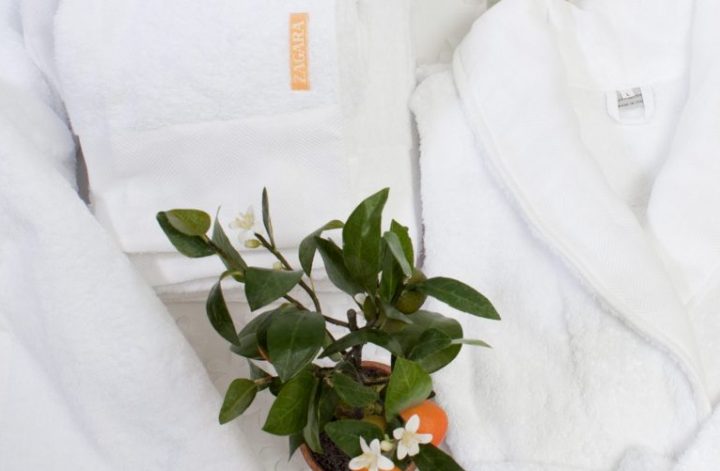Remaining a timeless accent for centuries, the basic white towel and its array of textures and thicknesses is a staple in every home. The more luxurious materials such as fine cotton and linen are worth the investment and with the proper care can withstand decades of use.
Laundering and Ironing
COTTON
Caring for cotton is fairly simple and if done properly can increase the longevity of your towels. To keep your towels in pristine condition, cotton should be washed in a warm water cycle and rinsed in cold water. A small amount of chlorine bleach can be added in hot water on white towels and then rinsed with cold water if they look a bit dingy. Fabric softener should be avoided when washing cotton as it tampers with the fabrics natural qualities. Also note the fabrics texture; flat woven cotton requires ironing after each wash where as terry cotton does not.
LINEN
The timeless elegance and versatility of linen has sparked a renewed interest in the textile industry appearing everywhere from haute couture to home furnishings. Valued for its durable yet delicate nature, linen can withstand generations of use and can easily be restored to its original crisp, sheen with the proper care. To launder linens, soak in cold water and mild detergent for 15 minutes on a delicate cycle; note that chemical bleach will weaken the fabrics fibers and it is not recommended. If your linen items are lacking luster, sun bleaching is a safe alternative that whitens fabrics by hanging them in the sun to dry; the stronger the sun, the greater the bleaching effect.
PRESSING
Linen should always be pressed while damp with a high iron setting and embroidered linen should always be pressed from the back side so as not to disturb the stitching.
STORING LINEN
It is important that linen be stored in a cool, dry place as heat and humidity can cause the fabric to swell and effect its natural resiliency. Linen should never be stored while soiled and to prevent mildew from forming, it is imperative that the fabric be wrapped in acid free paper or muslin.
The care and regular maintenance of any antique or collectible is a direct expression of one’s appreciation for history and value of an item.

